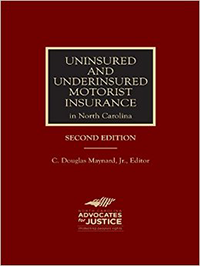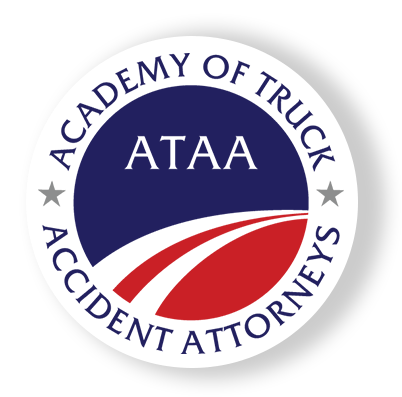A case of "road aggravation," if not rage, caused an accident in which a woman's car was struck while she was attempting to turn into her driveway. In the recent North Carolina Court of Appeals case of Gentry v. Miller, the rear-ending motorist testified that she was "aggravated" at the slow speed of the car ahead of her, and when the lead car turned into the driveway, she hit the brakes to try to avoid a collision. The ensuing collision sent the turning car veering into her driveway and then 175 feet through her yard and into her deck, and two oak trees, where it came to a stop resting on its side. It took firefighters to extract the woman from her car, and she suffered neck and back injuries.
Plaintiff's "big old hit" is defendant's "nick" of vehicle
As in most personal injury cases, the plaintiff's and defendant's stories were quite different. The woman who was rear-ended described the collision as a "big old hit" on the rear passenger side of her car, while the defendant claimed she only "nicked" the plaintiff's car bumper. The woman also said that she signaled for a left turn into her driveway, and the state trooper on the scene corroborated this testimony by saying he believed the plaintiff had begun her turn before being hit from behind. The defendant claimed the plaintiff did not turn on her blinker and that the collision did not cause plaintiff to go 175 feet and such was due to the plaintiff's own failure to maintain control of her vehicle. With this conflict in the evidence, it was appropriate for the court to ask the jury to decide the issue, which it did in the plaintiff's favor.
Did driver's own conduct cause her injuries?
Since North Carolina is a contributory negligence state, the court reviewed the facts to determine if plaintiff was negligent as a matter of law. If so, the defendant would win despite the jury deciding the case in plaintiff's favor. The facts showed that the woman who was rear-ended did not have a valid driver's license in violation of North Carolina law.
The defendant tried to claim the woman was responsible for her own injuries because of this fact, but her attorneys were successful in having this evidence excluded as being more prejudicial than helpful in determining responsibility for the accident.
The appeals court refused to allow the defendant to get the evidence in a second time under another theory, stating that "the law does not permit parties to swap horses between courts in order to get a better mount." The court found some evidence of contributory fault, but not enough to overcome the jury's reasonable inference that the defendant's negligence caused her injuries because "but for being rear-ended, [the] plaintiff would not have plowed into her yard and further injured herself."
The defendant's failure to raise his arguments and make objections at trial foreclosed these theories when brought up for the first time in the appeal, and they were dismissed.
When a case goes to trial, often testimony is conflicting, but the court cannot make the argument for the parties. An experienced personal injury attorney will be able to identify and present the injured person's strongest arguments, and work to prove that the defendant was the cause of the injuries, and not anything the victim did.
The information you obtain at this site is not, nor is it intended to be, legal advice. You should consult an attorney for advice regarding your individual situation. We invite you to contact us and welcome your calls, letters and electronic mail. Contacting us does not create an attorney-client relationship. Please do not send any confidential information to us until such time as an attorney-client relationship has been established.








